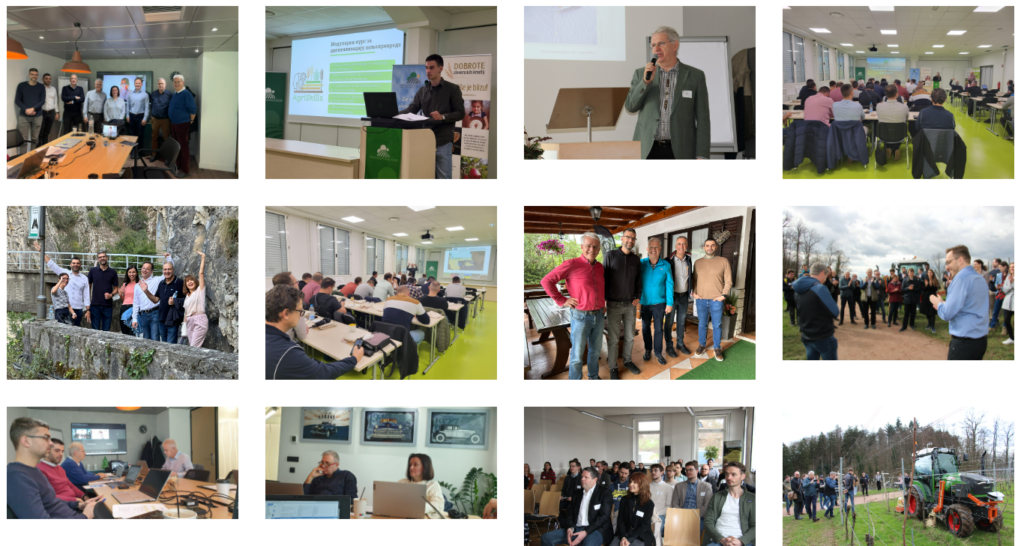
Let’s begin with an inspiring quote from the Japanese art critic Okakura Kakuzo: “The art of life is a constant re-adjustment to our surroundings.” We can adapt this inspiring saying to agriculture as: “The art of agriculture is a constant re-adjustment to emerging trends” like Precision Agriculture, IoT, Vertical Farming, Data Analytics, and many others. This idea embodies the essence of change, which is key to achieving better results.
In the ever-evolving landscape of agriculture, it is of utmost importance to stay ahead of demands not through traditional farming knowledge, but also with proficiency in digital innovation and entrepreneurial skills. We are excited to share with you the latest updates and accomplishments of the AgriSkills project, a transformative initiative launched in 2022 and funded by the European Erasmus+ Program. Our mission is to support rural development by fostering awareness and equipping farmers with the necessary skills for digital, smart, and precision farming.
As we near the conclusion of our project, we are excited to proudly share our results with you.
We created the AgriSkills Training Course
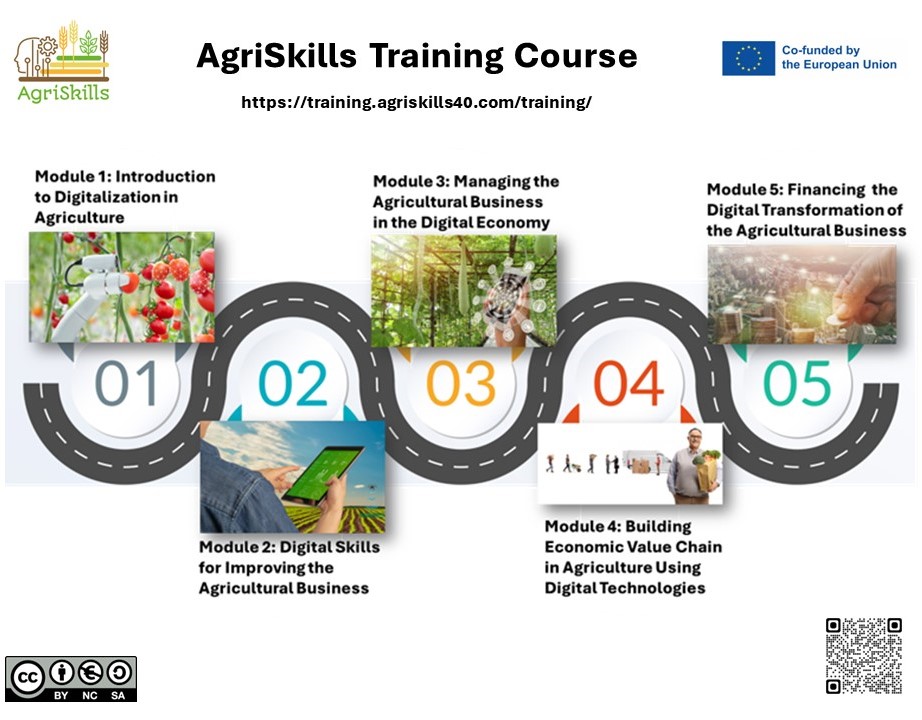
At the heart of this groundbreaking endeavor lies the AgriSkills Training Course, a comprehensive curriculum crafted to address crucial gaps in the skills needed by farmers and the evolving demands of modern agriculture. This program goes beyond conventional farming techniques, diving into the realms of new digital technologies in agriculture, entrepreneurial skills, and sustainable practices. By bridging the gap between traditional knowledge and cutting-edge advancements, the AgriSkills Training Course ensures that participants are equipped to thrive in a rapidly changing agricultural landscape.
The AgriSkills Training Course is designed as a “guided tour” through the vast realm of digital opportunities in agriculture. It is available in English, German, Greek, Slovenian, Macedonian. The course consists of five comprehensive modules, tailored to address the needs identified through our initial survey: “Uncovering Essential Skills for Adopting Digital Technologies in Agriculture.”
We collected 45+ Good Practices

Learn from real-world examples, discover good practices, and gain insights that can shape your own journey towards excellence in the digital realm of agriculture. Within our consortium, we’ve meticulously collected 47 good practices, all harmonized within a specialized reference catalogue titled the “AgriSkills Guidebook on Digitalization in Agriculture.” This catalogue serves as an indispensable complement to our training course, offering firsthand glimpses into the innovative strides made by real farms and agricultural organizations. Furthermore, the catalogue showcases innovative technologies for small and big farms and agronomic services. All good practices are thoughtfully organized based on their areas of application, presenting a diverse array of use cases that illustrate their impact across the agricultural value chain.
Moreover, the guidebook offers insightful insights into the current agricultural landscapes of Germany, North Macedonia, Greece, Slovenia, and Austria. By diving into the unique challenges and opportunities present in each region, it provides a roadmap for cultivating the essential skills necessary for fostering faster and more sustainable development.
The feedback from stakeholders speaks volumes: “We’ve long awaited such a practical source of information,” and “This guidebook has proven indispensable, offering much-needed guidance.”
We launched the AgriSkills 4.0 e-Learning Platform and mobile app
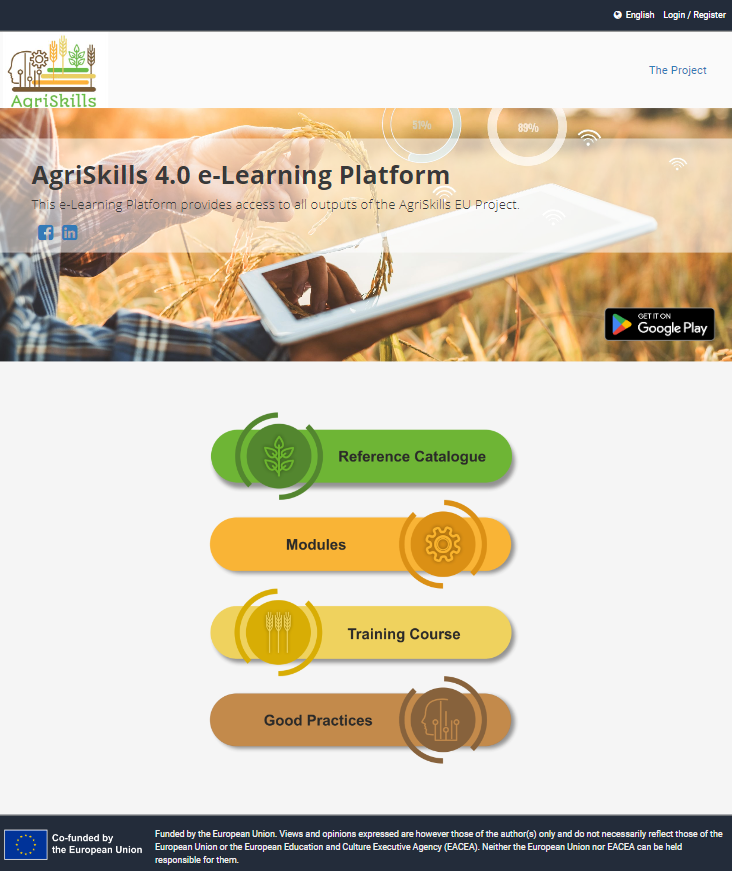
Through AgriSkills 4.0 e-Learning Platform participants gain access to all resources created in the project. It is another key factor in the success of the project.
Whether learning about skills in precision farming or exploring the potential of agro-technical solutions, learners can do so at their own pace and convenience, removing barriers to education and fostering a culture of continuous learning.
One of the key strengths of the AgriSkills 4.0 e-Learning Platform is its adaptability and scalability. Built with a user-centric approach, the platform caters to diverse learning styles and preferences, ensuring that every participant receives a personalized and enriching educational experience. Additionally, its scalable infrastructure enables seamless integration of new content and modules, keeping the curriculum in line with the latest developments in agricultural technology and practices.
In its interactive database of good practices searchable by various criteria, learners can access only those that pique their interest.
All AgriSkills outcomes are freely available for use by anyone under a Creative Commons license. Suitable for self-learning and blended learning, interested vocational education and training (VET) organizations can integrate them into their educational practices, ensuring widespread access to valuable knowledge and skills.
As the agricultural sector continues to embrace digital transformation, initiatives such as AgriSkills play a key role in shaping the future of agriculture. By empowering people with the skills and knowledge needed to thrive in a technology-driven environment, AgriSkills isn’t just revolutionizing agriculture – it’s cultivating a new generation of innovative and resilient farmers ready to tackle tomorrow’s challenges head-on.
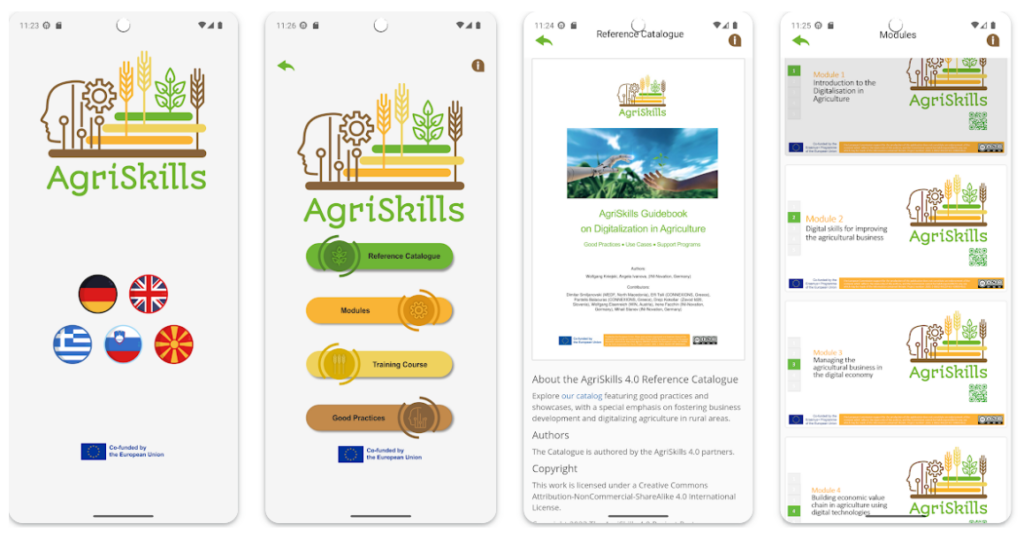
About AgriSkills
“AgriSkills – Entrepreneurial Skills for Digitalization of Rural Agriculture” is a European project, funded by Erasmus+ Program. Our objective is to raise awareness about the digital transformation in agriculture and to provide a training program for entrepreneurial skills in digital, precision, and smart farming.
The AgriSkills consortium brings extensive experience in business development, vocational training, digital technologies, innovation management, and regional development.
- INI-Novation GmbH, Germany (coordinator), www.ini-novation.com
- MEDF Skopje, North Macedonia, www.mrfp.mk
- WIN Austria, www.wissenschaftsinitiative.at/
- CONNEXIONS, Greece, www.connexions.gr
- ID20, Slovenia, www.id20.si
The AgriSkills outcomes stimulate awareness, knowledge, and skills of learners and trainers in the field on the issues of digitalization and digital farming.
- Initial Survey, titled “Survey Findings: Uncovering Essential Skills for Adopting Digital Technologies in Agriculture” is a study of the needs for the development of upskilling knowledge and competences useful for the adoption of digital technologies in agricultural production and management. The survey was conducted in five European countries: Germany, North Macedonia, Greece, Slovenia, and Austria. Link: https://agriskills40.com/goals-results/need-analysis-survey-findings/.
- The AgriSkills Training Course developed as a ‘guided tour’ through the entire range of digital opportunities in agriculture, introduces the needed skills and competences implemented into a complete training. Link: https://training.agriskills40.com/training/.
- AgriSkills reference catalogue, titled “AgriSkills Guidebook on Digitalization in Agriculture” promotes inspiring initiatives, good practices, and use cases with a special focus on fostering business development, thus making innovation happen in agriculture, especially in rural areas. Link: https://training.agriskills40.com/catalogue/.
- The AgriSkills 4.0 e-Learning Platform serves as a virtual environment for interactive online courses, representing a completely new approach to understanding digital agriculture. Link: https://training.agriskills40.com.

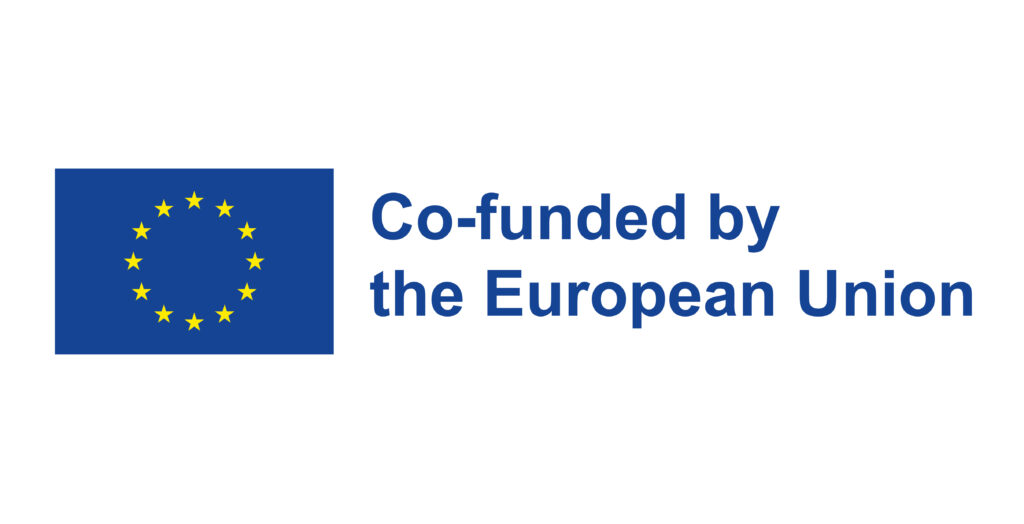
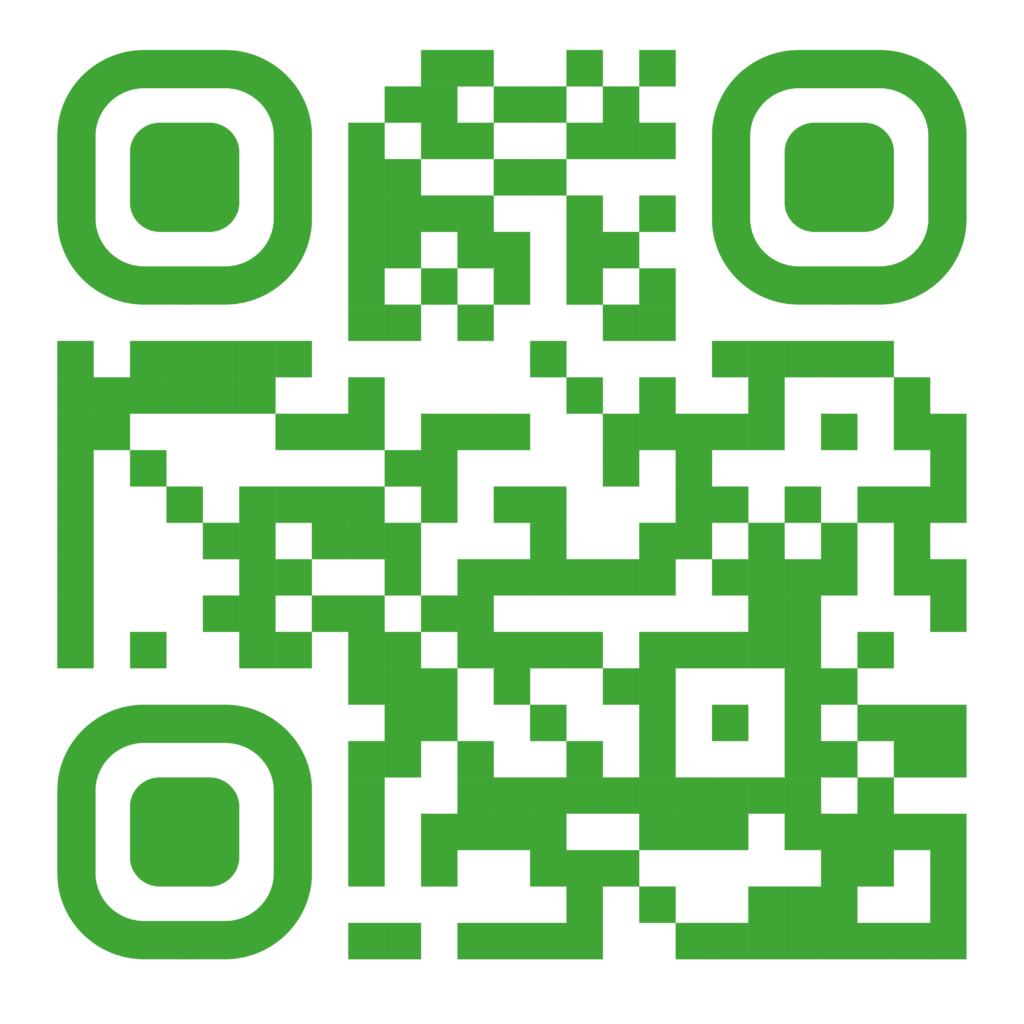
Funded by the European Union. Views and opinions expressed are however those of the author(s) only and do not necessarily reflect those of the European Union or the European Education and Culture Executive Agency (EACEA). Neither the European Union nor EACEA can be held responsible for them.
Project number: 2021-1-DE02-KA220-VET-000034651
All AgriSkills Intellectual Outputs are Open Educational Resources.
Creative Commons Attribution-Non-Commercial-Share-Alike 4.0 International License
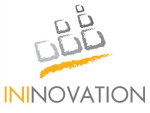
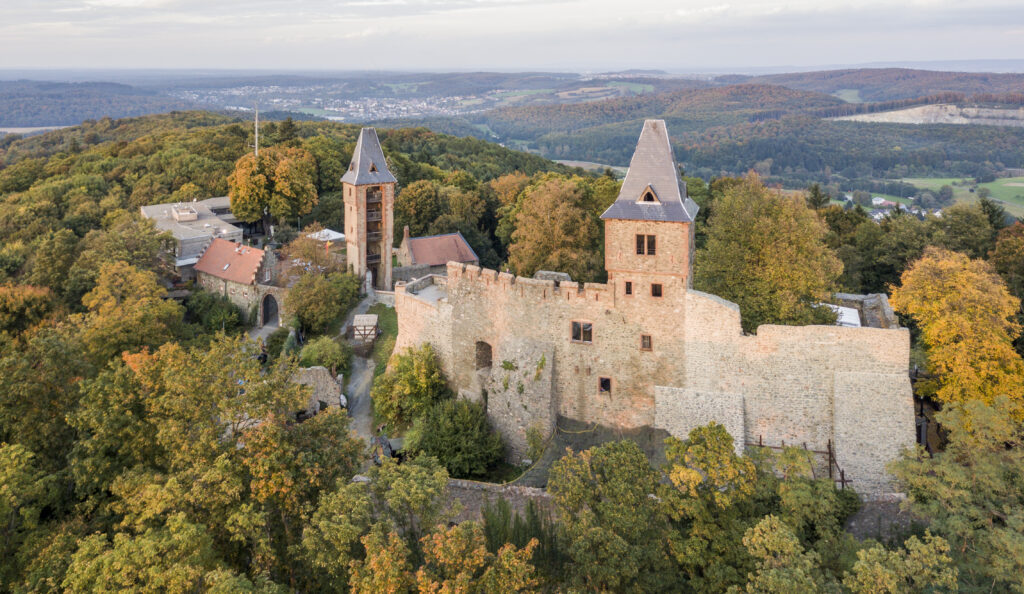
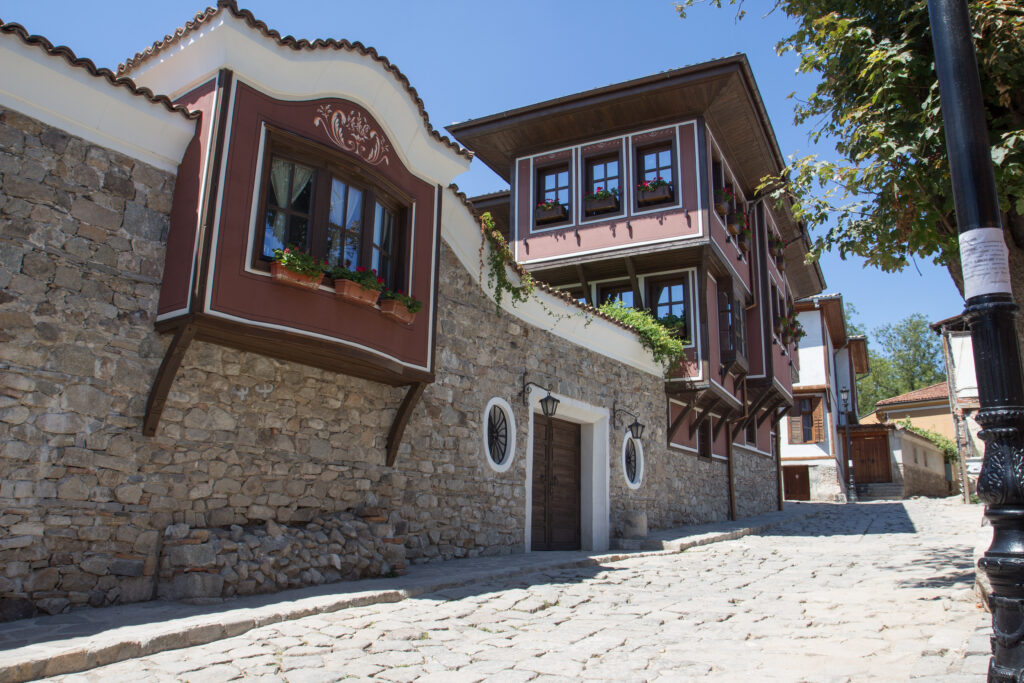
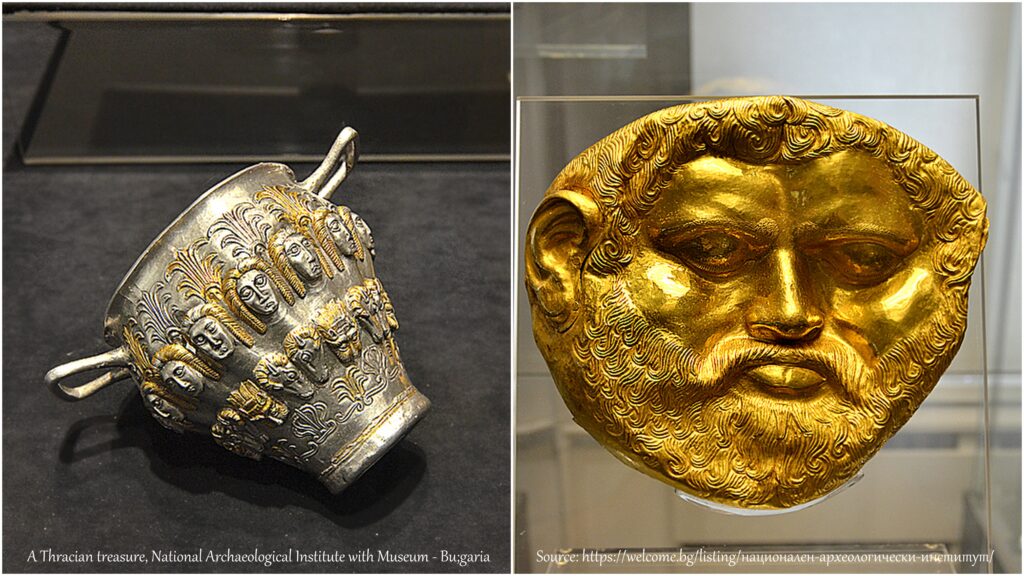
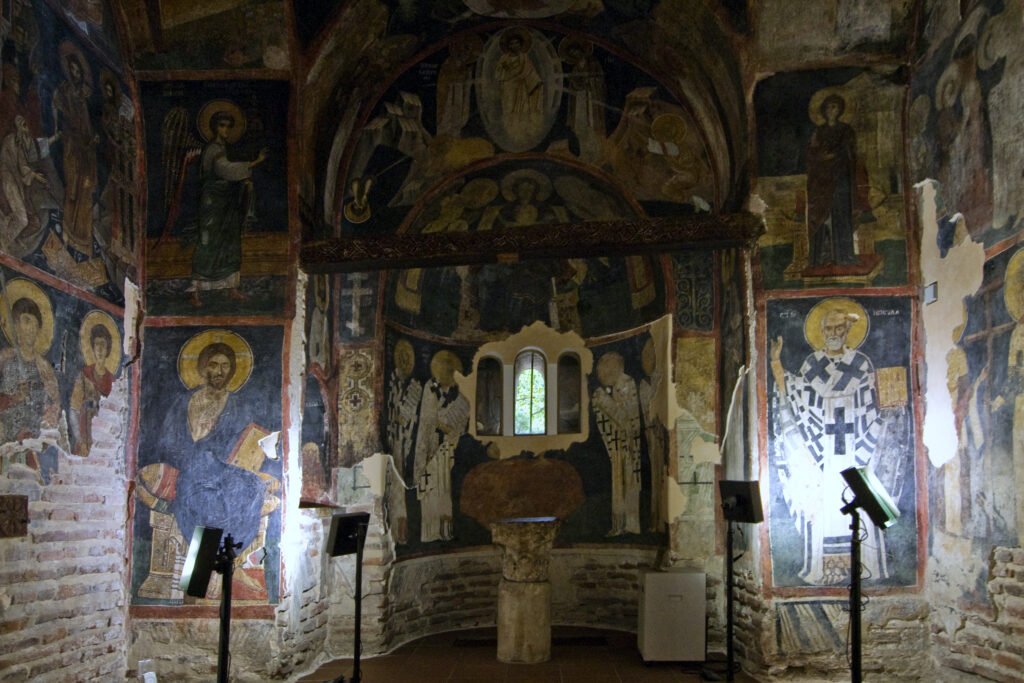
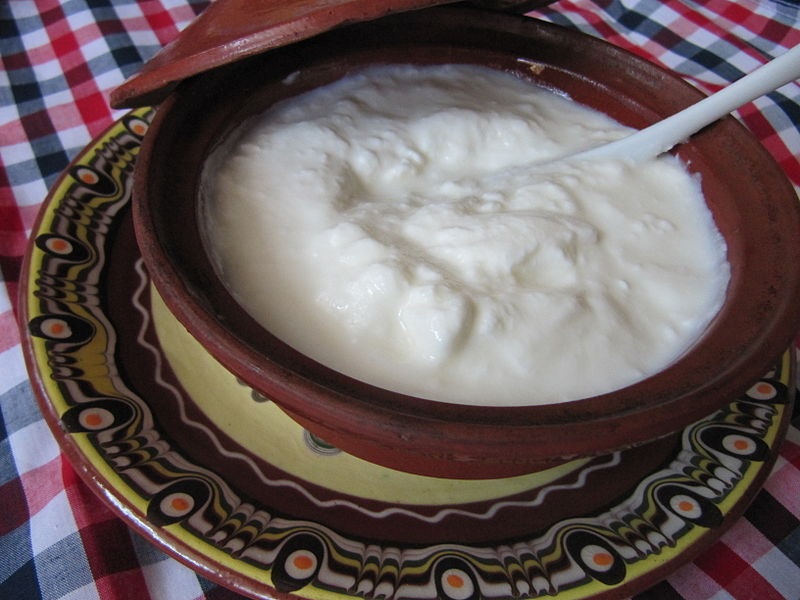
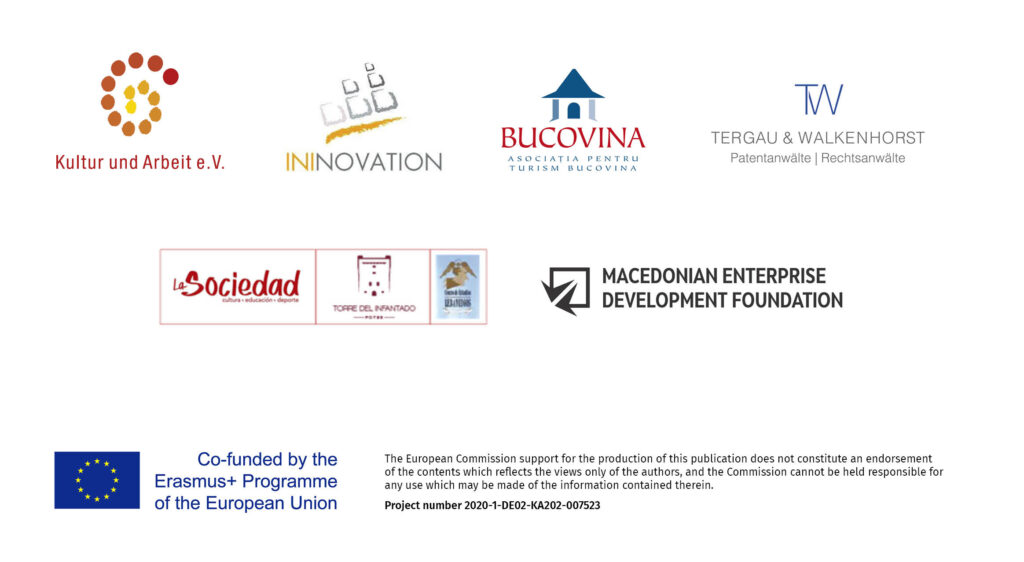
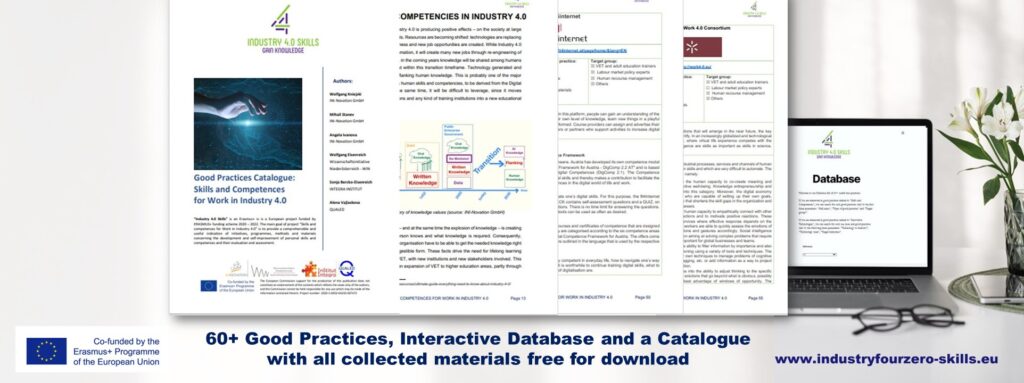
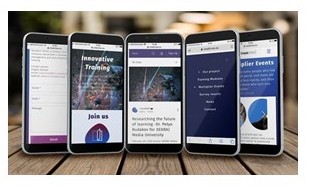
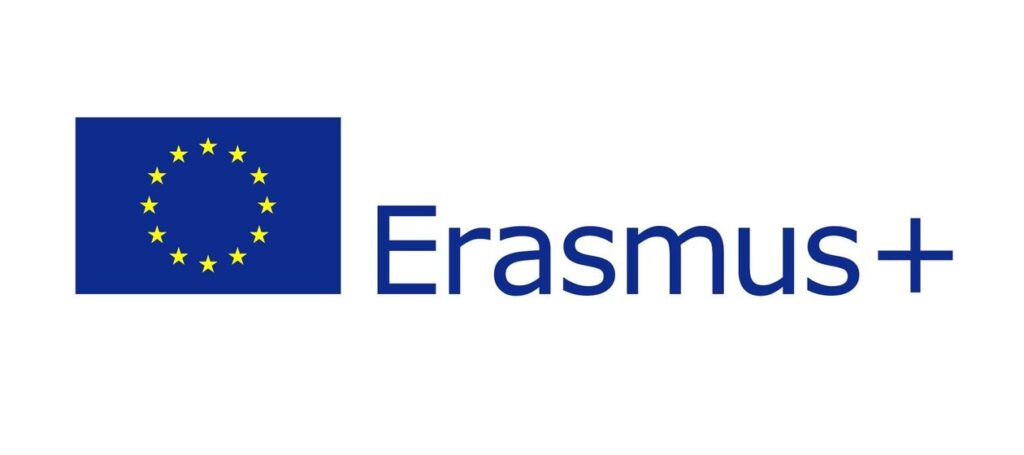

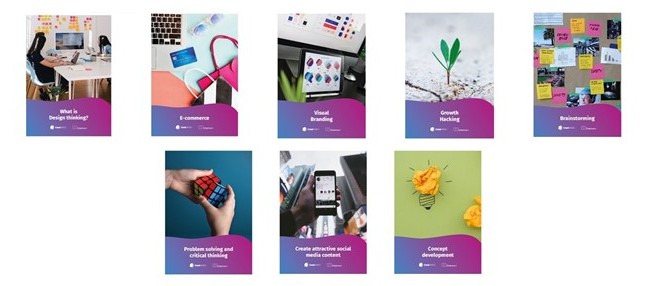
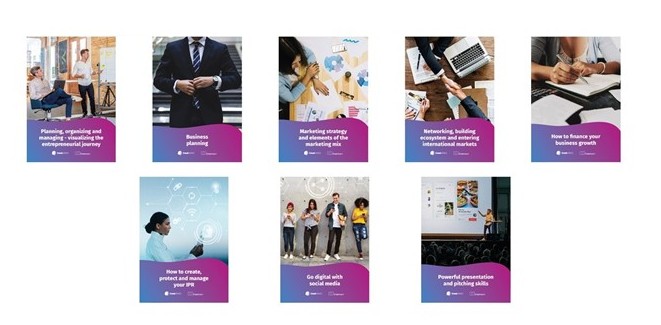

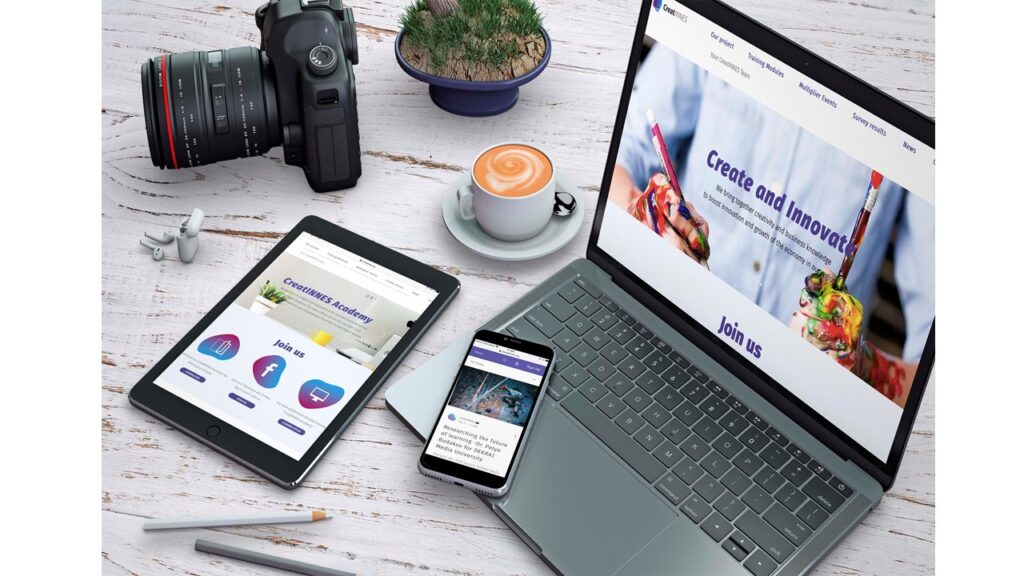
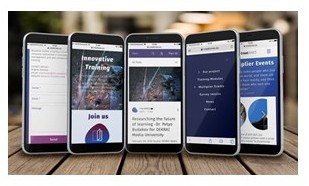












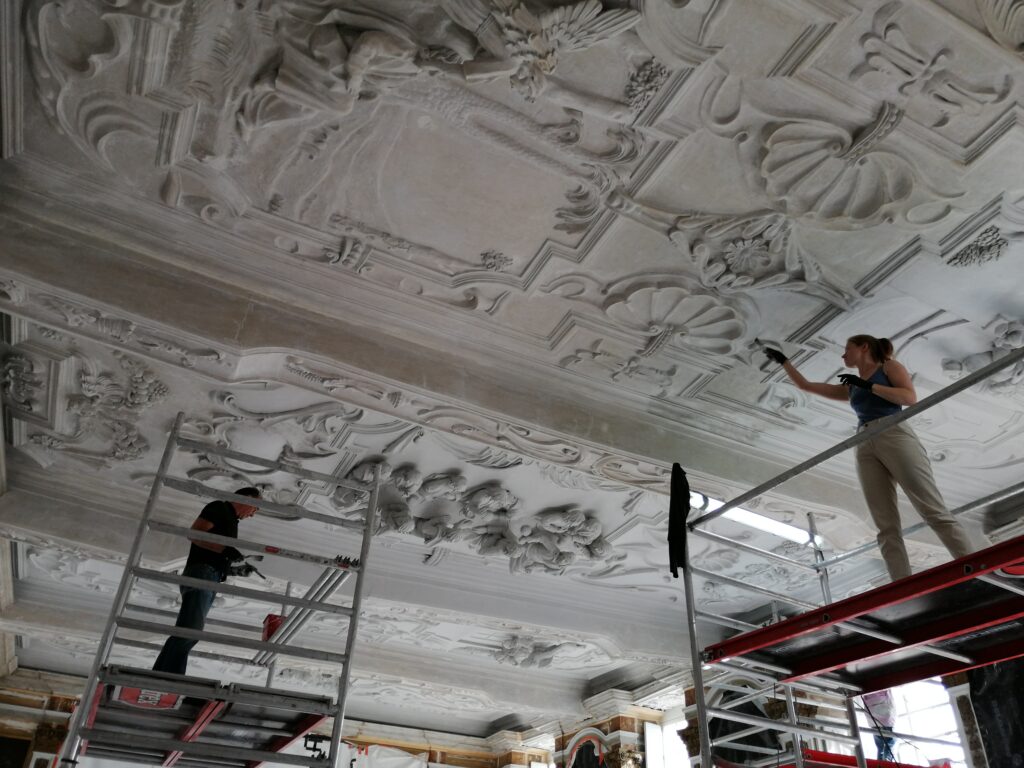

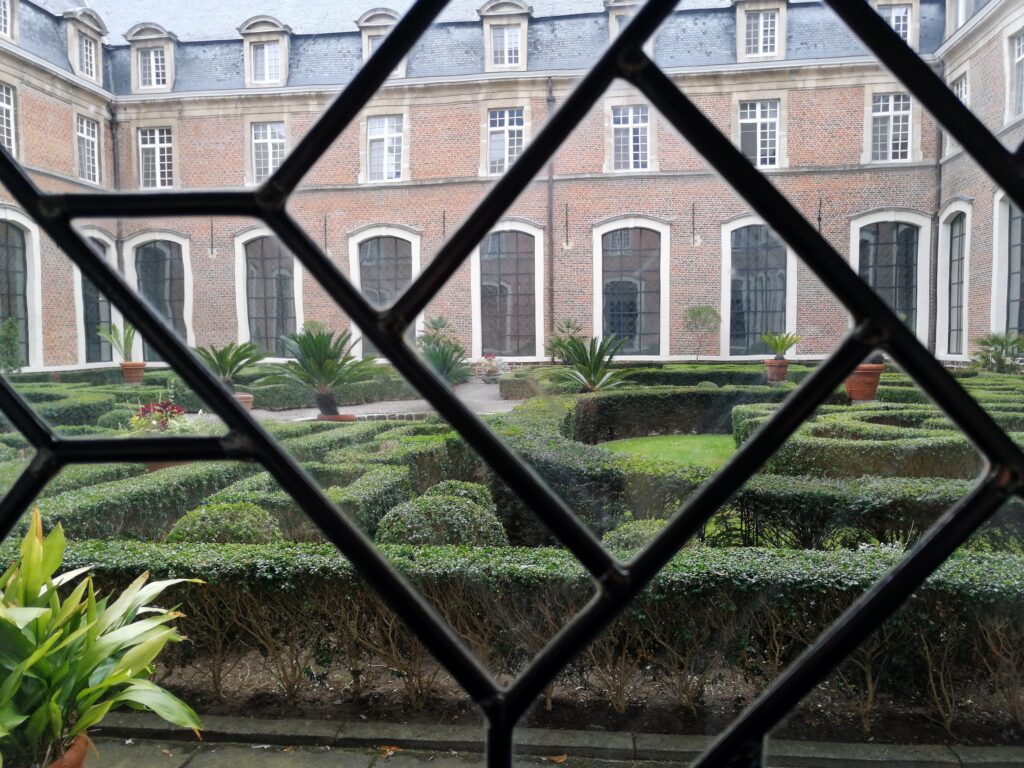
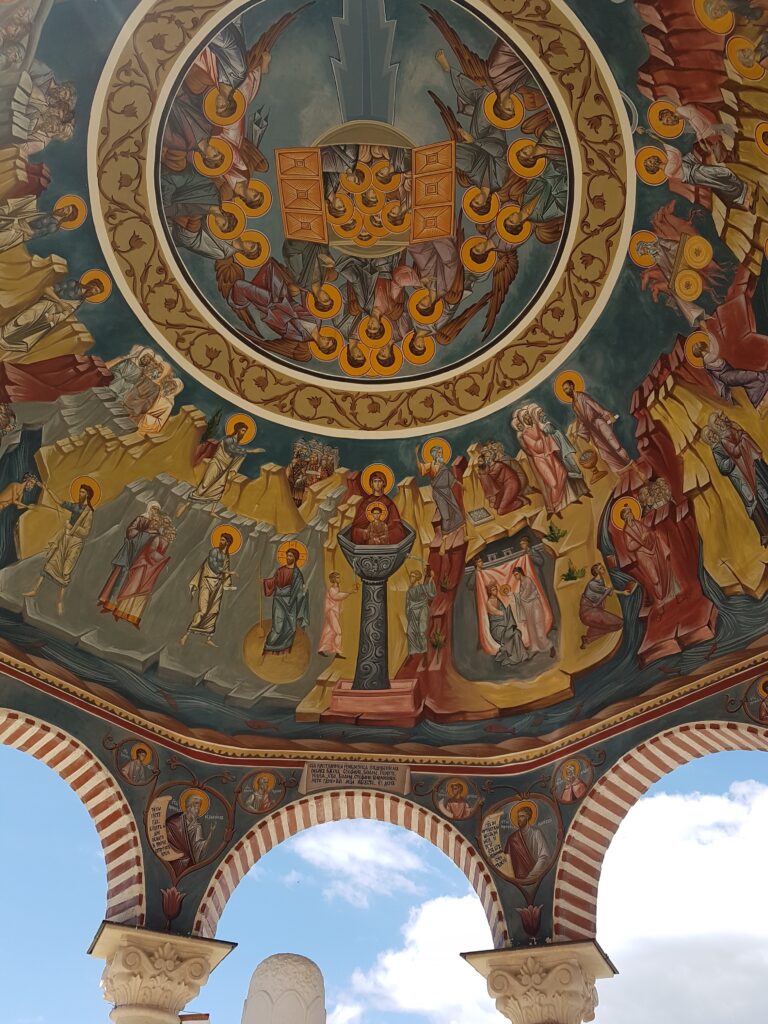
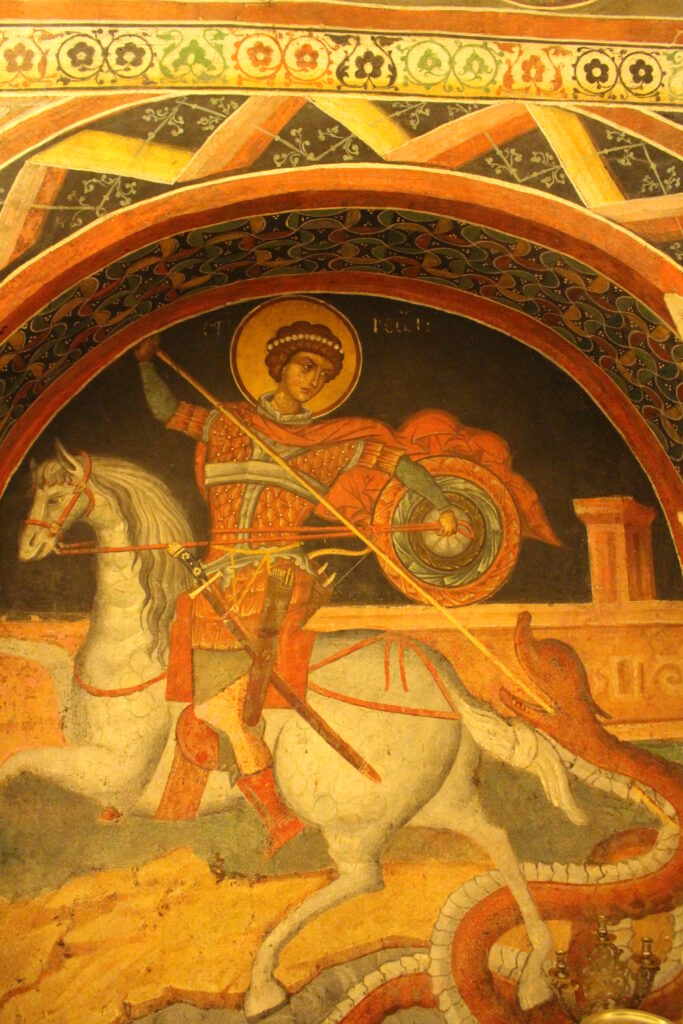

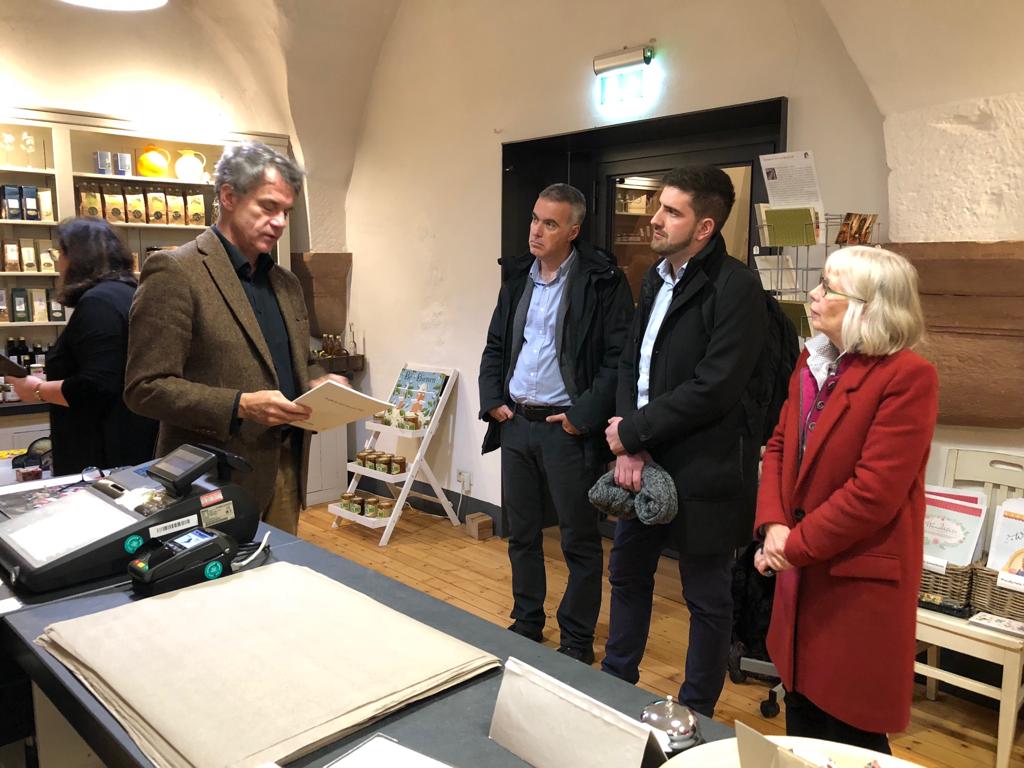
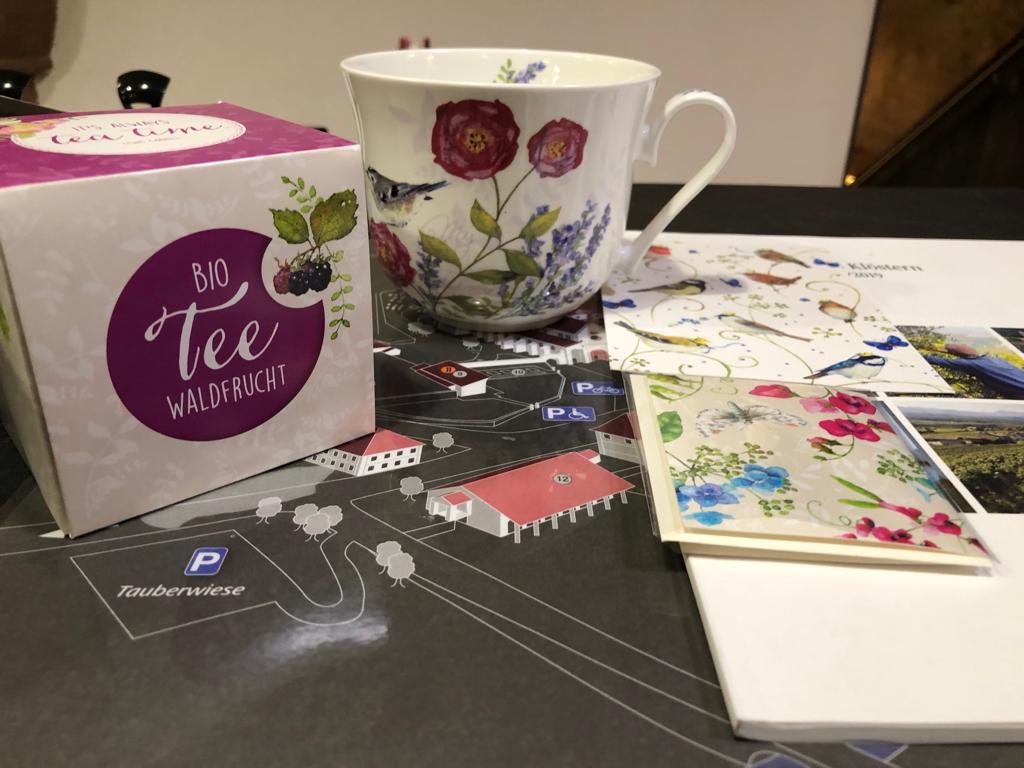
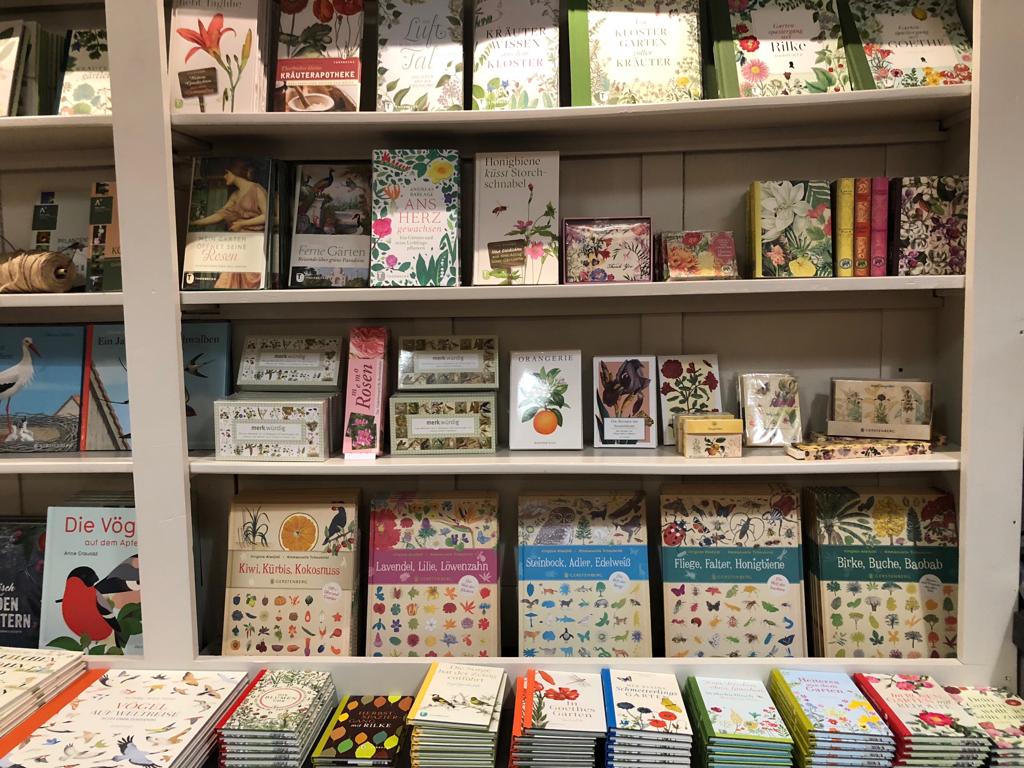
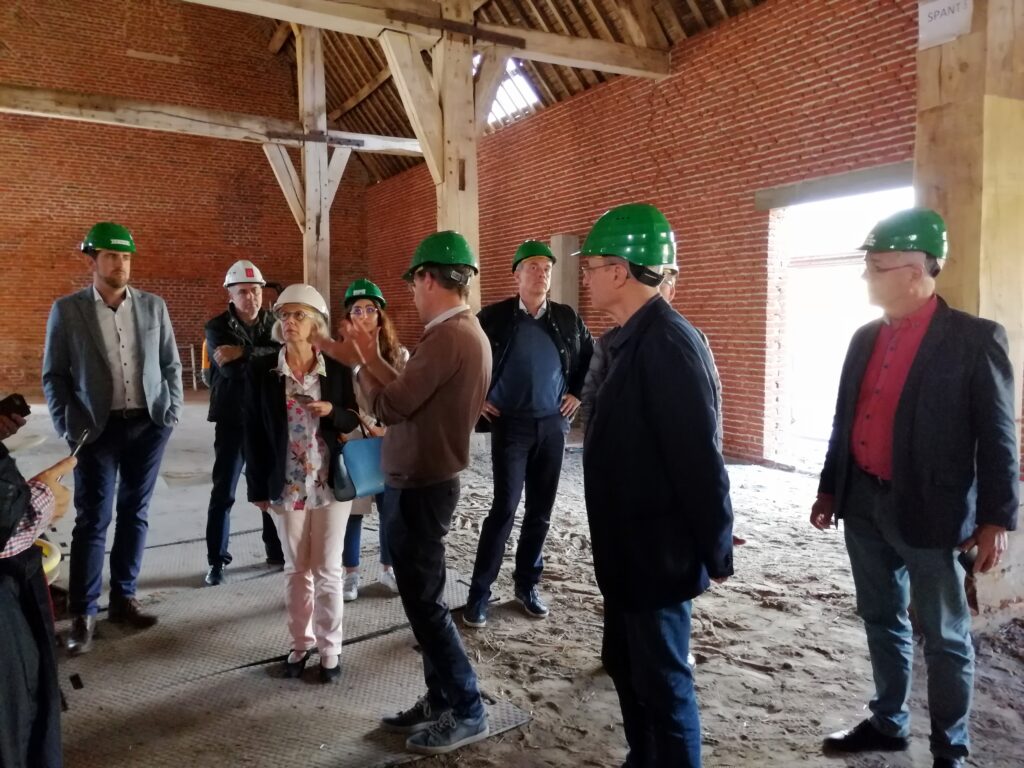
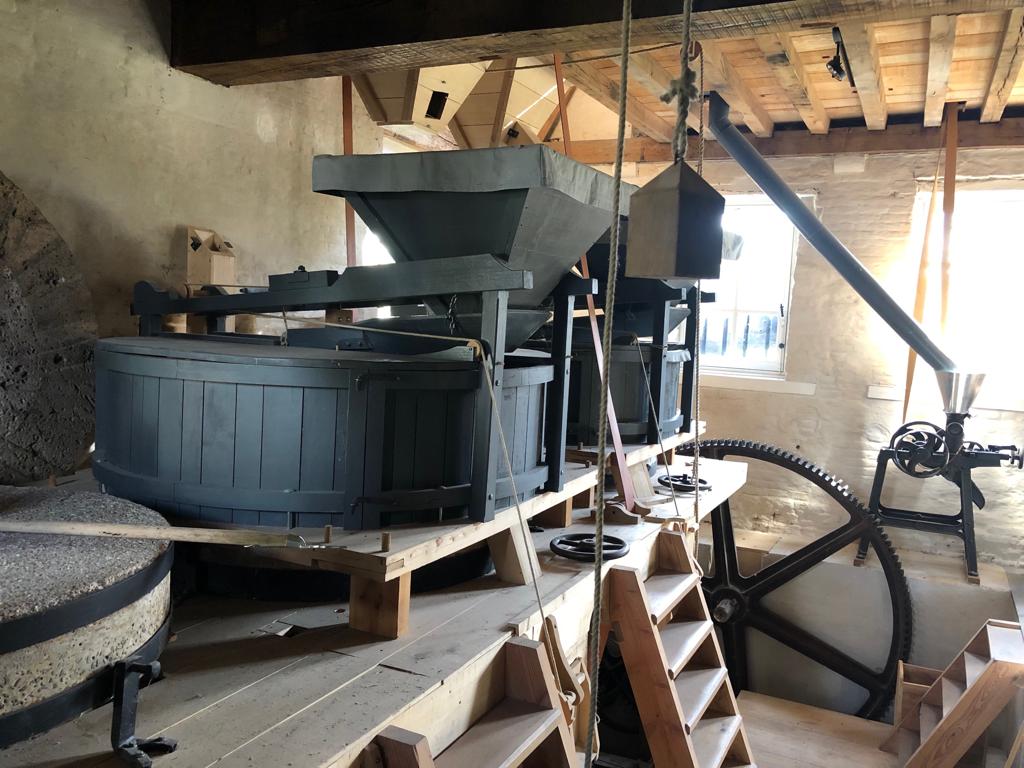
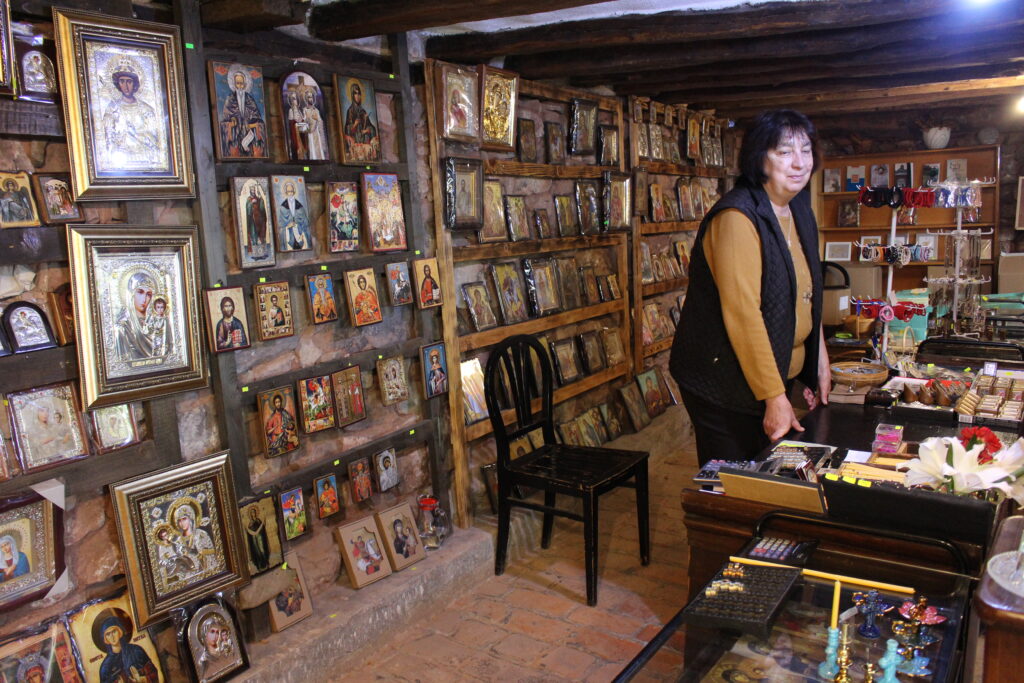
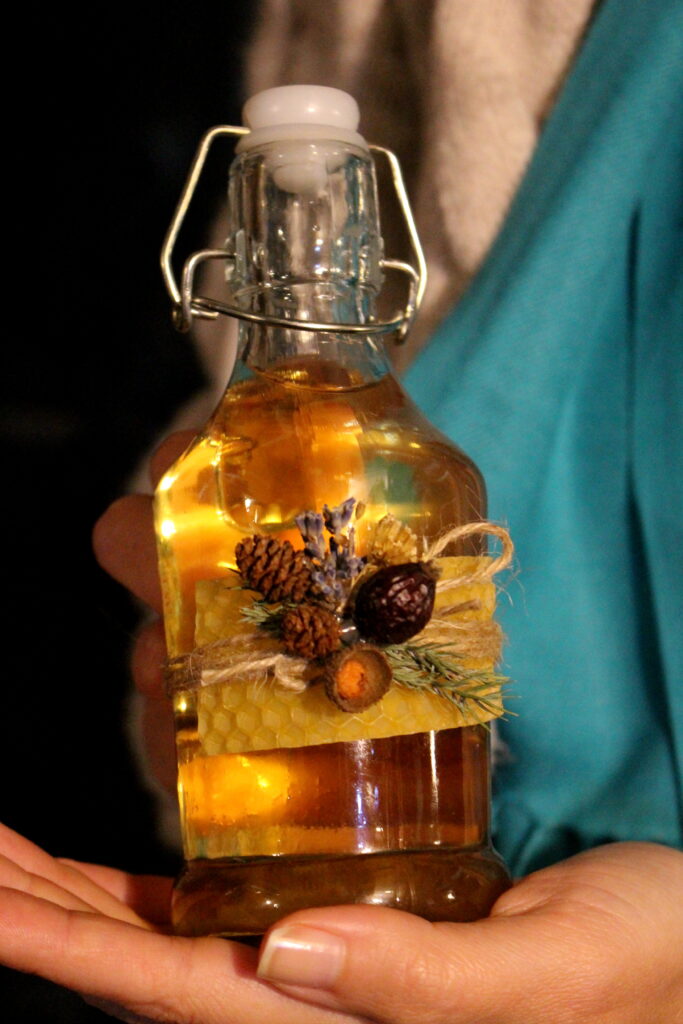
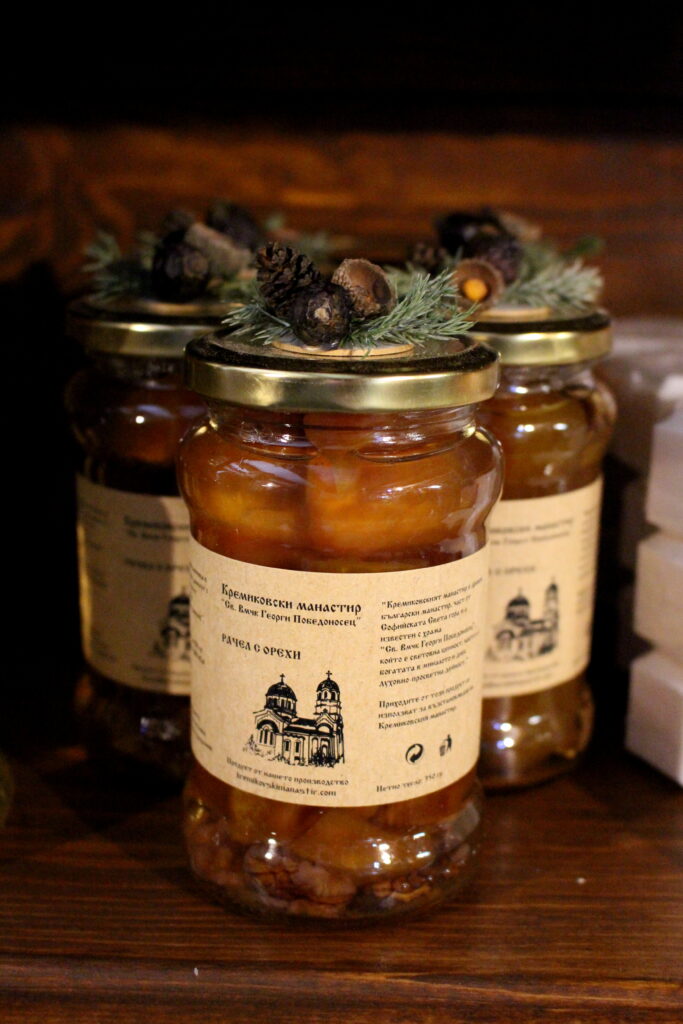
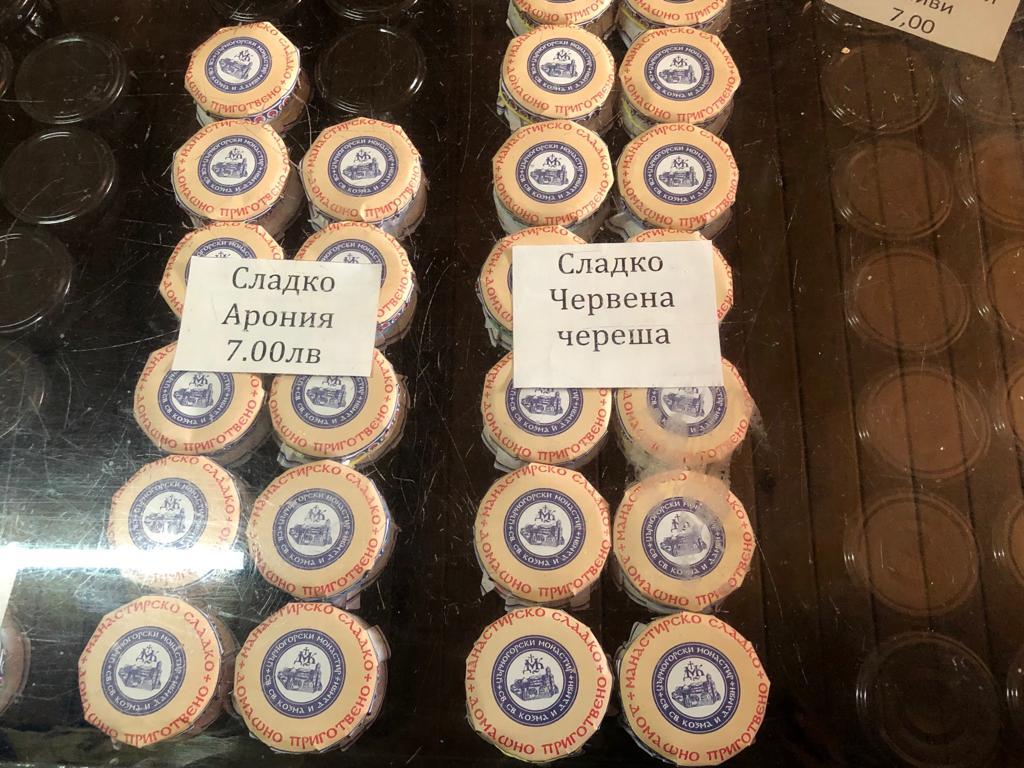
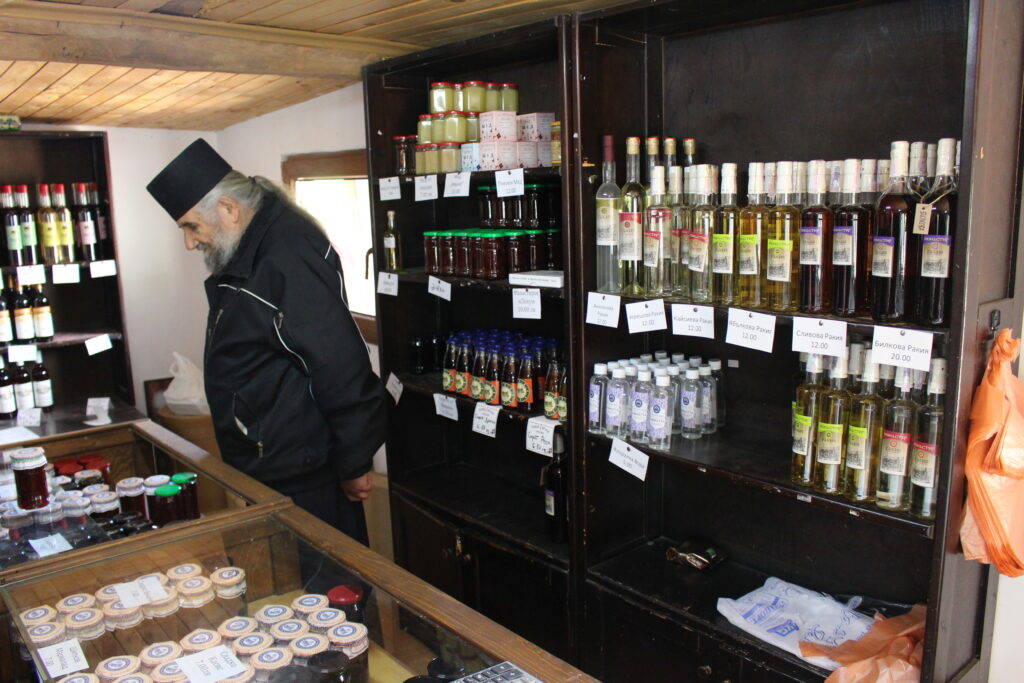
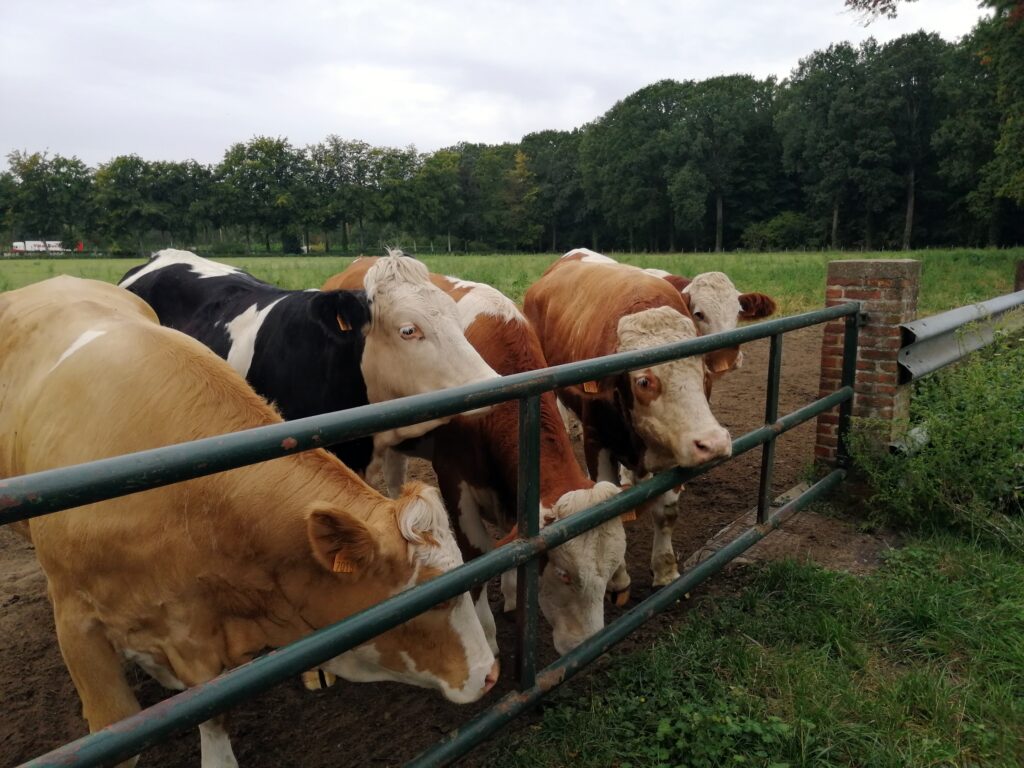
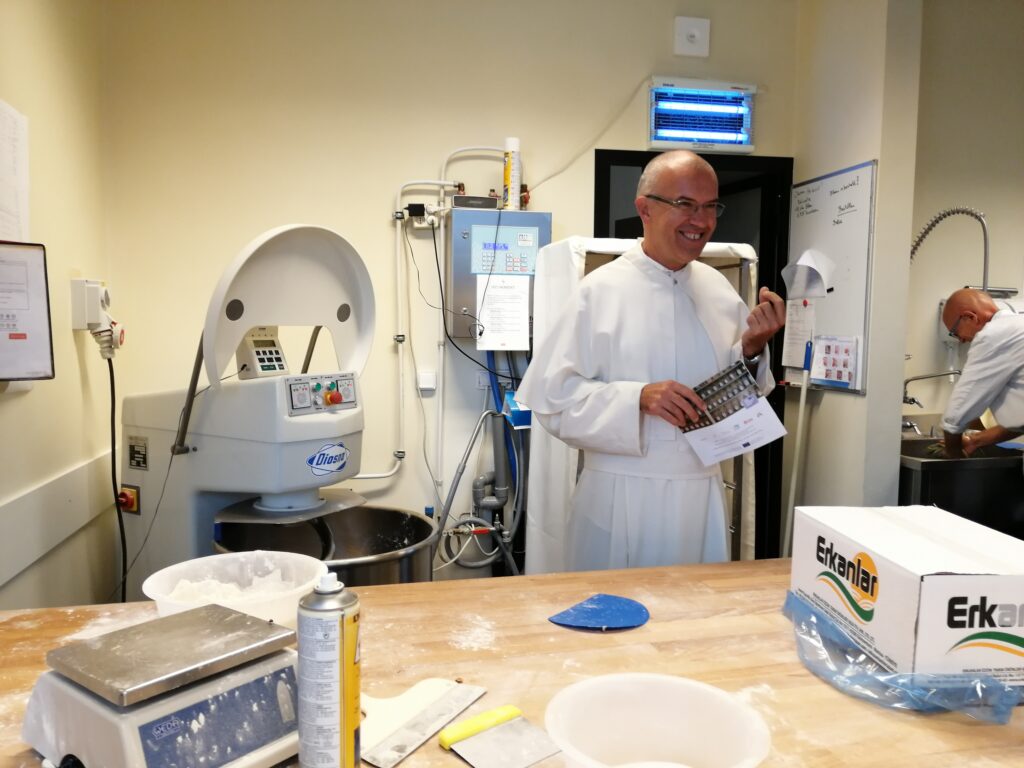
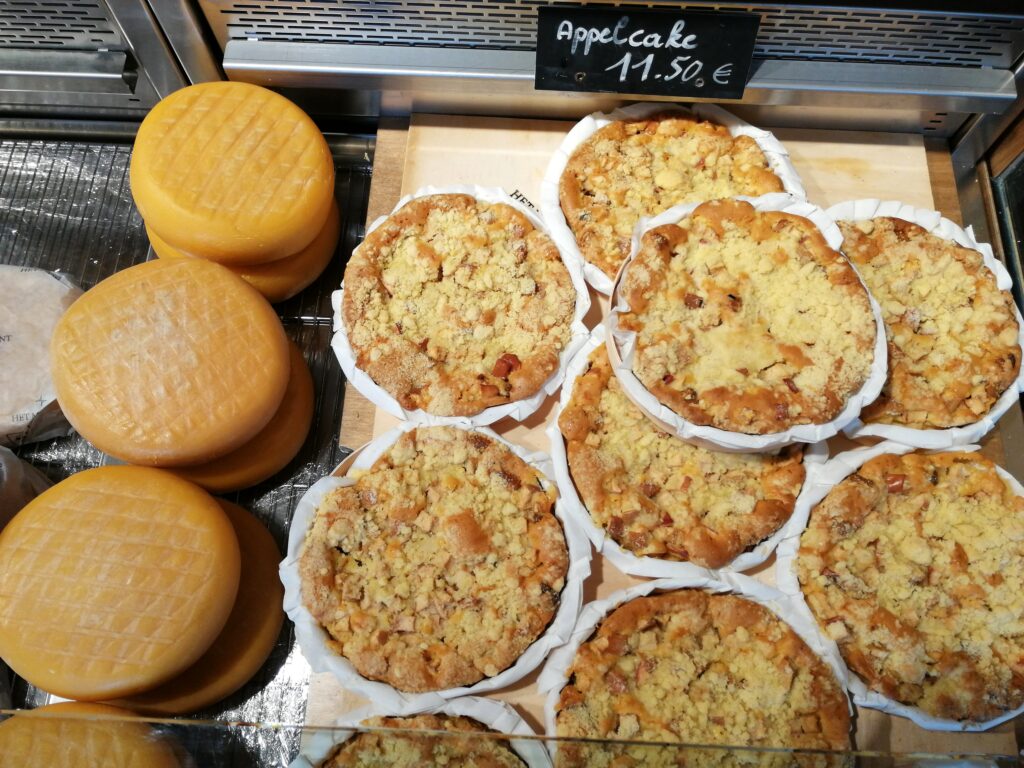
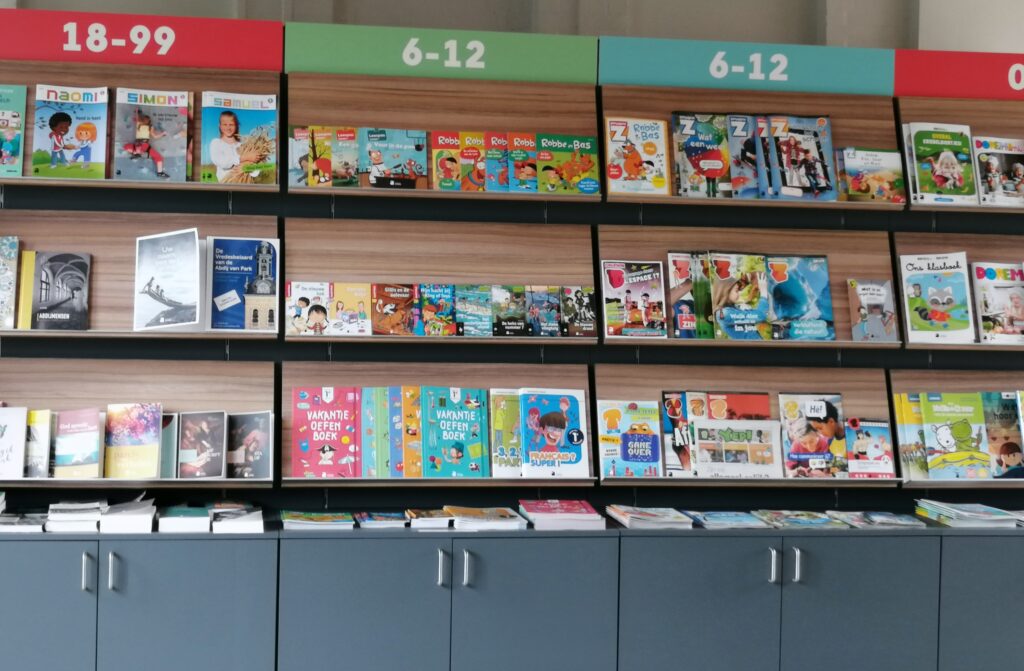
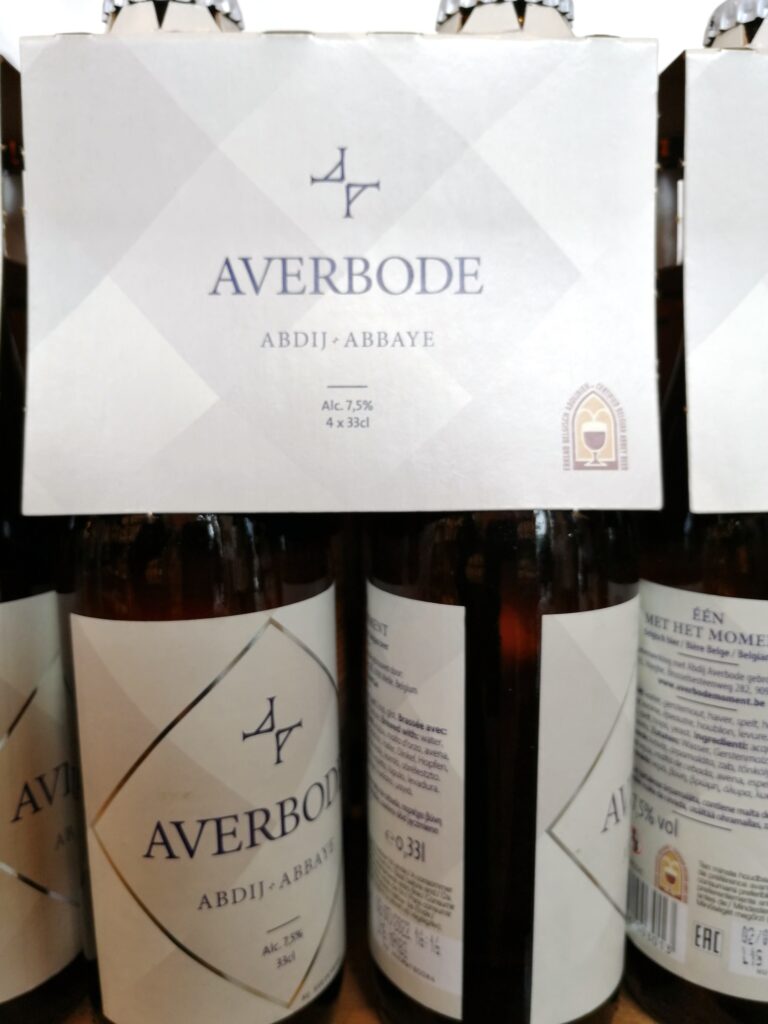
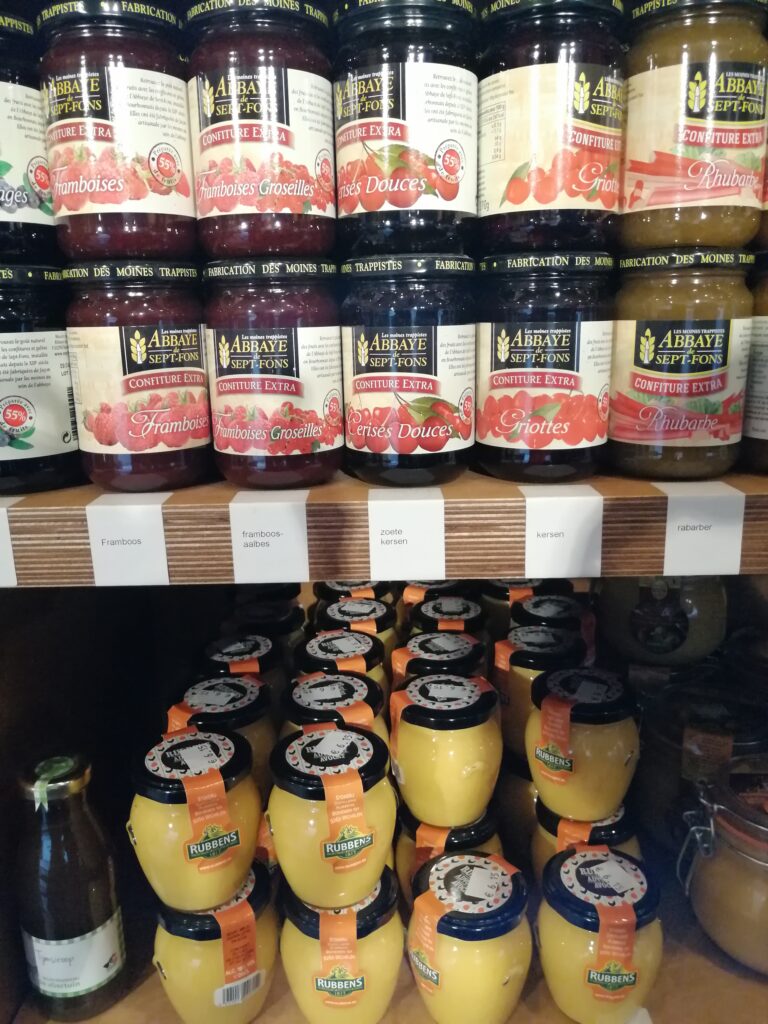

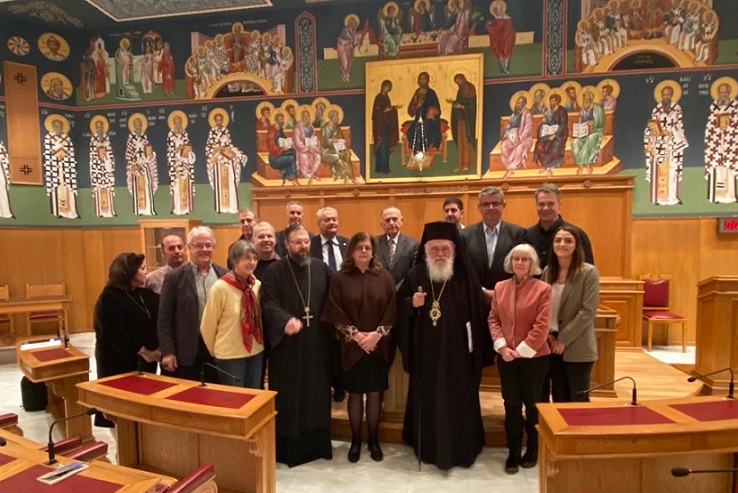
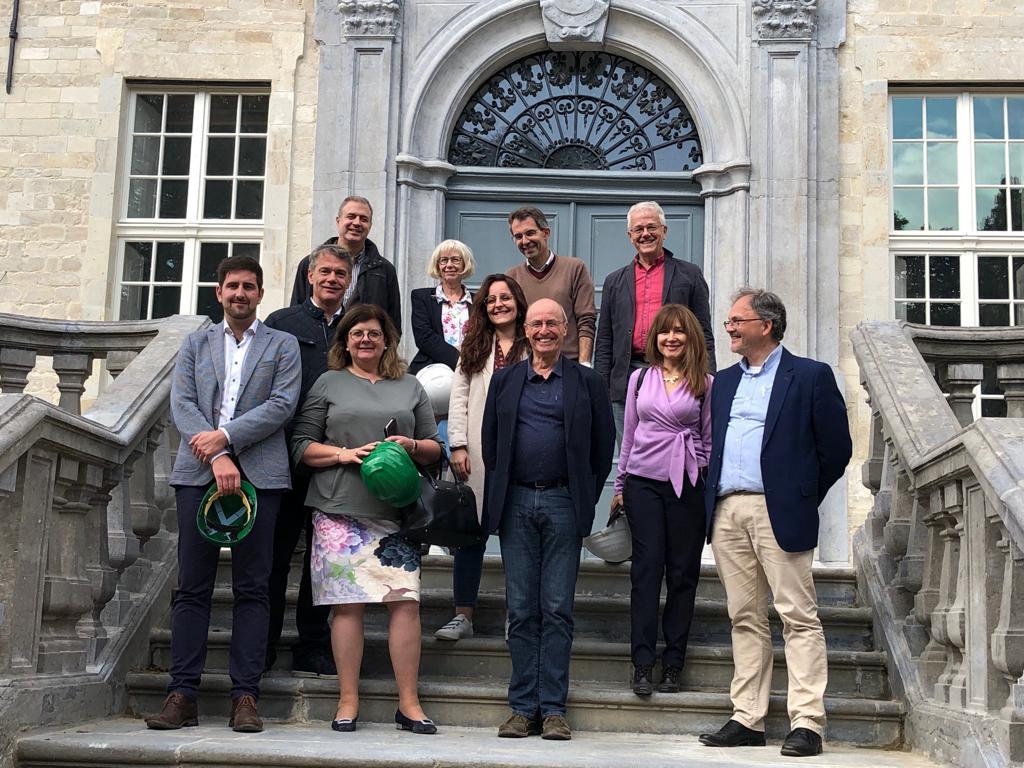
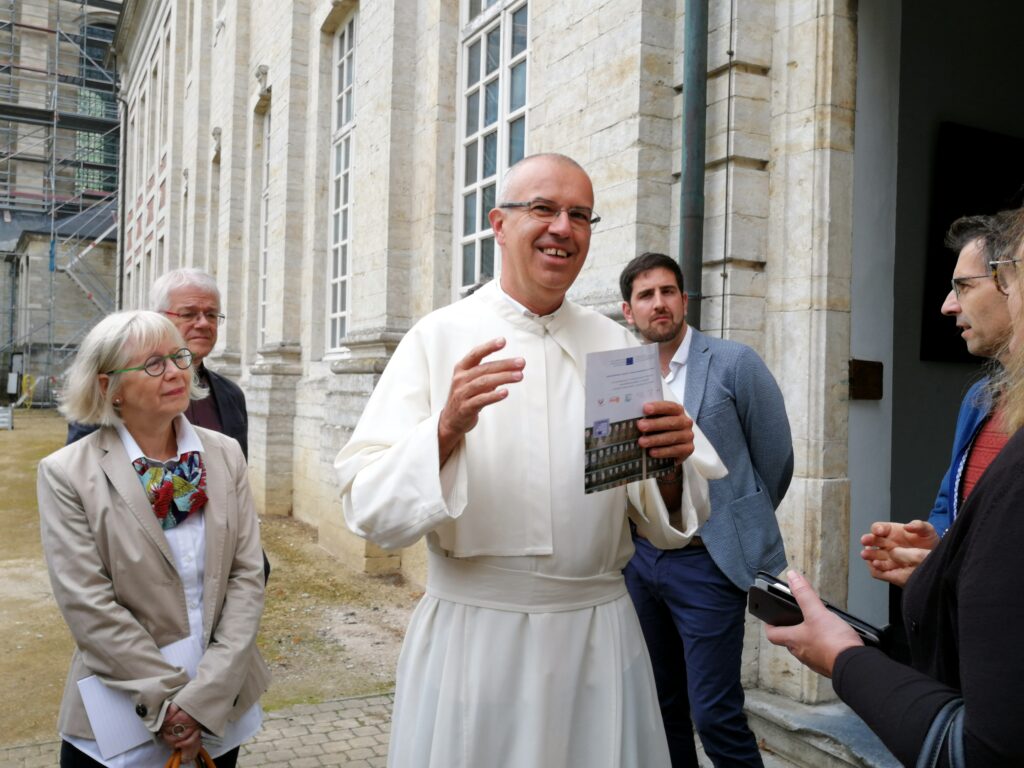
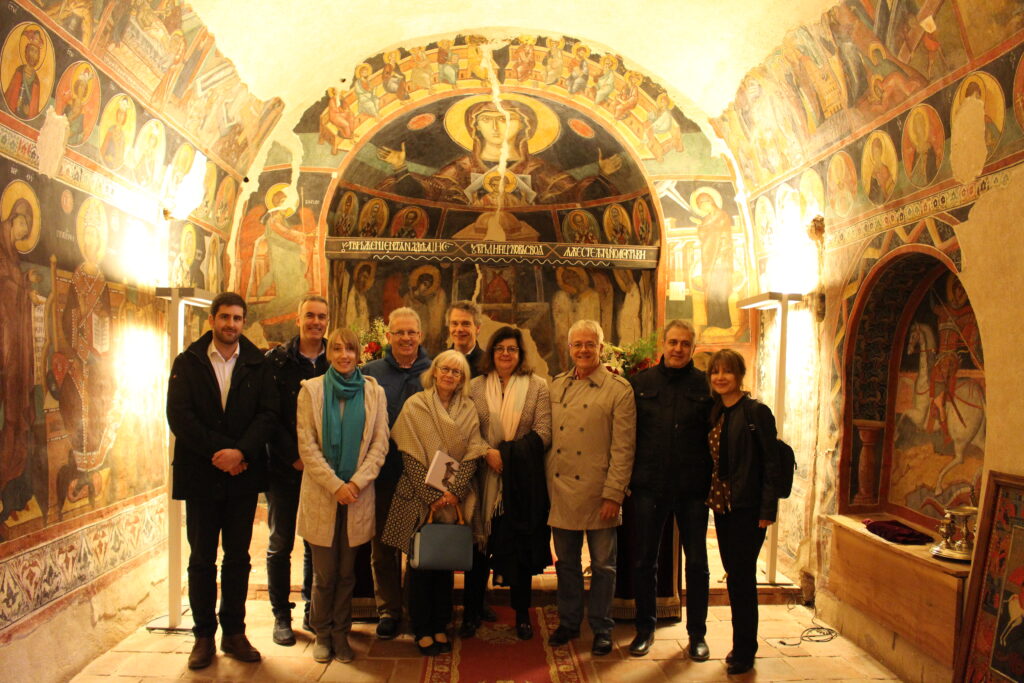
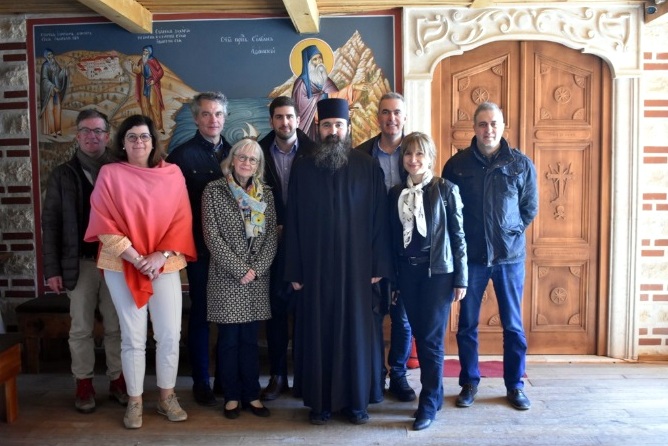

 English
English